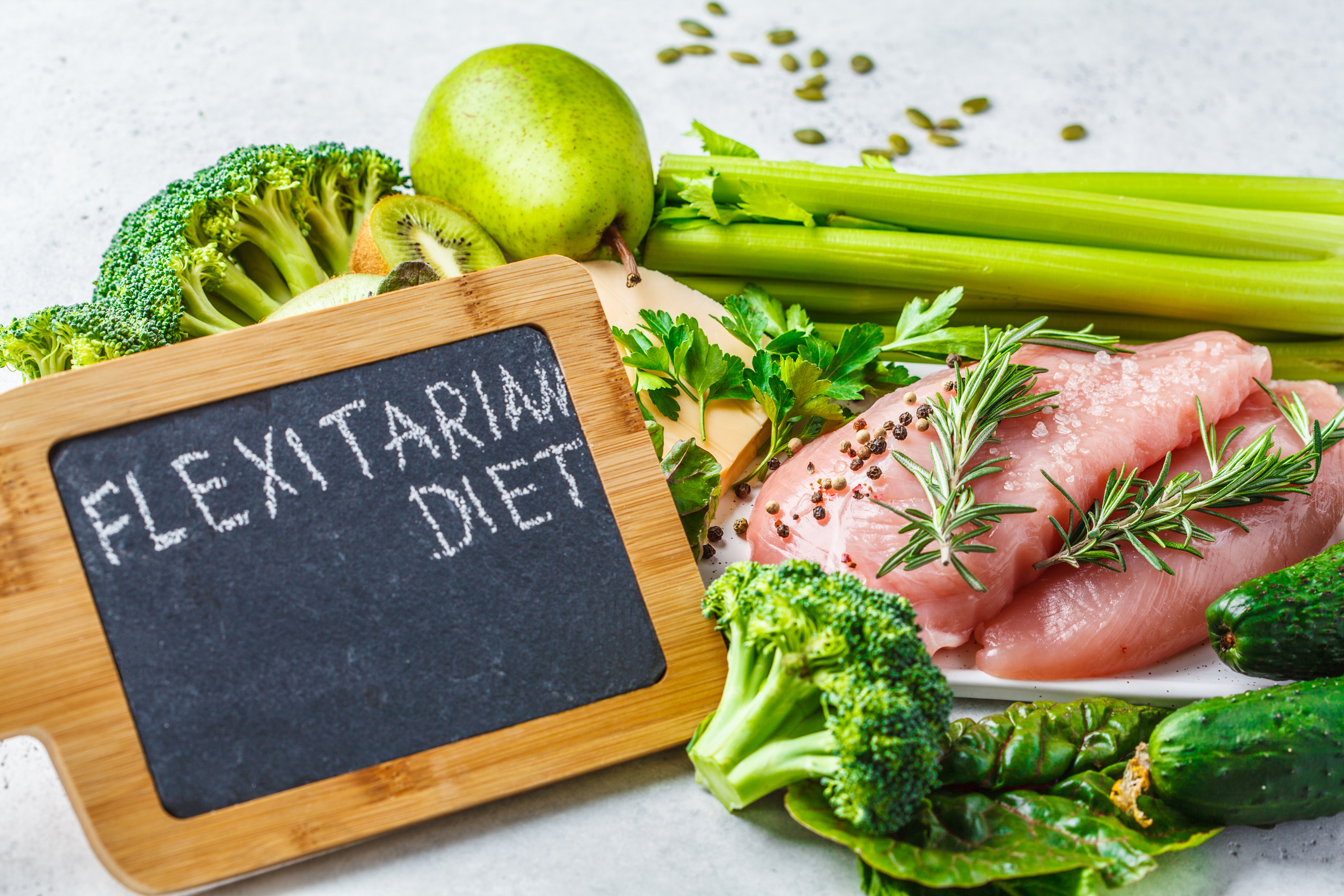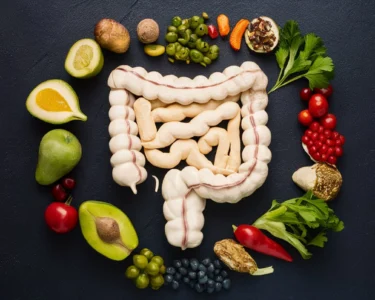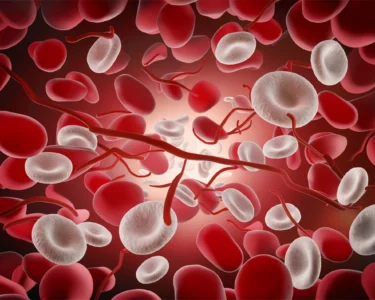The Flexitarian Diet – A Detailed Beginner’s Guide
The flexitarian diet is an eating plan that allows you to enjoy the benefits of a plant-based diet while still enjoying the occasional meat-based meal. This approach is gaining popularity and may help improve health outcomes including heart disease, diabetes, and obesity.
The flexitarian diet is based on whole foods, like fruits, vegetables, legumes and whole grains, while also limiting added sugars, processed fats and sodium.
Introduction to the Flexitarian Diet
The flexitarian diet is an eating plan that allows for some meat and other animal products, but also emphasizes plant-based foods like fruits, vegetables, whole grains and legumes. This approach can help achieve optimal health by reducing overall calorie intake and increasing fiber, vitamins and minerals.
Those who choose to be flexitarian typically consume the majority of their calories from plant-based sources, such as beans, lentils and nuts, while also including eggs and dairy. They limit highly processed foods, added sugars and sodium and maximize their intake of antioxidant-rich fruits and vegetables.
At the same time, they minimize their meat consumption, with some aiming for two meatless days per week. Blatner recommends that beginners aim to eat no more than 28 ounces of meat each week, which is roughly the equivalent of a card-deck sized piece of chicken or steak. Other protein options include fortified alternative milks, soy products, leafy greens and a variety of nuts and seeds. She adds that flexitarian eaters should focus on getting enough calcium to promote bone health, which can be achieved through the inclusion of dairy and fortified plant-based foods or by taking a supplement.
Understanding the Flexitarian Approach
The flexitarian approach is an eating plan that allows for moderation of meat-based foods while emphasizing plant-based foods. The diet recommends that people limit their total meat consumption to about 28 ounces per week (about the size of a deck of cards).
People on the flexitarian diet should also choose whole grains over refined, and focus on filling options like beans, legumes, nuts, seeds, and healthy fats, like avocado and olive oil. Additionally, flexitarian eaters should limit their intake of sugary beverages, such as soda, fruit juice, and many sweetened teas, which can pack on extra calories.
The flexitarian eating plan can be an effective way to manage chronic health conditions, such as heart disease, Type 2 diabetes, and obesity. Studies have shown that people who limit their meat intake are at lower risk for these health conditions, compared to those who consume more meat. However, it’s important for flexitarians to understand that not everyone can make the transition to a totally meat-free lifestyle. Without proper planning, individuals might experience nutrient deficiencies, such as iron, vitamin B12, and omega-3 fatty acids, which are found primarily in meat products.
Flexitarian Food Guidelines and Principles
Adopting a flexitarian diet can help you meet your health goals while also supporting the environment. The key is to focus on nutrient-dense whole foods and limit less healthy options, such as processed plant proteins, added sugars, and refined grains.
Creating a meal plan and shopping list will make it easier to stick with this healthy lifestyle. Stock your pantry with flexitarian staples like beans, whole grains, and fortified plant milks. Make sure to check the labels on plant-based products to avoid foods that have been heavily processed.
Be sure to include protein-rich foods, such as eggs, dairy, tofu, and nuts, in your meals. This will ensure that you’re getting the necessary vitamins and minerals. And don’t forget to add in healthy fats, such as those found in avocados and olive oil, which are rich in heart-healthy monounsaturated fatty acids. This will help you stay full and energized throughout the day.
Benefits of Adopting a Flexitarian Lifestyle
When it comes to meal planning, a flexitarian approach allows you to customize your food choices to meet your unique needs and preferences. It also makes it easier to enjoy meals when eating out or attending social events, because you won’t have to worry about whether or not there will be any plant-based options available.
In addition, the flexitarian diet is a great option for those who are interested in trying vegetarianism but are concerned about being able to meet their nutrient needs without eating meat. Blatner recommends that beginners start by going meatless two days a week and limiting their total meat intake to 26 ounces per week on the remaining five days.
Another benefit of the flexitarian diet is that it can help you lose weight by improving your overall food selections and eliminating processed foods. It can also reduce your environmental impact by cutting down on the amount of fossil fuels you consume by not buying and consuming meat products. In fact, one study found that going flexitarian can lead to a reduction in greenhouse gas emissions equivalent to taking a car off the road for 11 years.
Tips for Transitioning to a Flexitarian Diet
When transitioning to a flexitarian diet, it’s important to focus on quality over quantity. This means choosing whole foods that are minimally processed and packed with nutrients. Additionally, limiting refined carbohydrates and added sugars is crucial for maintaining health and promoting weight loss.
It’s also essential to find nourishing plant-based sources of protein and iron to replace the nutrients traditionally found in meat. Legumes, whole grains, tofu, tempeh, nuts and seeds are all great options. Additionally, incorporating vitamin C-rich foods like oranges or leafy greens helps boost iron absorption.
Another key tip is to start small when trying new recipes or foods. This can help prevent over-indulging and discouragement. Finally, it’s important to maintain an active lifestyle as part of a flexitarian diet. This can be done by participating in a sport, activity or hobby that you enjoy. This will help ensure that your dietary changes are sustainable in the long term. And, don’t forget to indulge in occasional treats! Moderate alcohol consumption is fine too. Just make sure to limit it to one drink per day for women and two drinks per day for men.
Sample Flexitarian Meal Plan
The flexitarian diet emphasizes eating whole foods, which are rich in nutrients and naturally low in calories. This approach can help you lose weight and improve your health by reducing your risk of heart disease, cancer, and other chronic diseases.
The diet also encourages you to limit less-healthy fats and processed foods. You should also choose more protein-rich plant-based foods like beans, nuts, and seeds to boost energy levels. Besides these foods, you should include whole grains, which are a good source of fiber and essential minerals.
A sample flexitarian meal plan might include a breakfast of avocado toast on whole-grain bread and mixed berries, or an egg and tofu scramble. For lunch, you could eat a bowl of whole-grain pasta with vegetables and a salad or try stir-fried tofu with bell peppers, onions, and snap peas served over brown rice. For dinner, you might enjoy a vegetable stir-fry with chicken or fish. When you do eat meat, you should limit it to about 28 ounces a week—the equivalent of one deck of cards.
Potential Drawbacks and Considerations
The flexitarian diet allows people to enjoy their favorite foods without completely eliminating meat. It’s also a great option for those who want to lose weight or maintain a healthy body composition. By focusing on nutrient-rich whole foods like fruits, vegetables, beans, legumes, nuts and seeds, people following the flexitarian diet can lose excess weight while still maintaining adequate protein intake.
However, there are a few potential drawbacks to this eating style. First, it can be difficult to plan meals with this method, as the diet is not very structured. Secondly, it can be challenging to get enough nutrients, especially iron and vitamin B12, from non-meat sources. This can be avoided by supplementing your diet with supplemental protein sources like tofu, quinoa, fortified plant milks and eggs.
Lastly, the flexitarian diet can be challenging when dining out or attending social gatherings. It’s important to be prepared for these situations by packing nutritious snacks, learning how to order off-menu items at restaurants and stocking your pantry with wholesome plant-based staples. By planning ahead, you can avoid these issues and enjoy your flexitarian lifestyle to the fullest!
Conclusion
The flexitarian diet is a versatile eating plan that allows for a variety of food options. It has also been linked to positive outcomes in weight loss, heart disease, and other health conditions. However, more research is needed to determine the long-term effectiveness of this diet.
As a beginner, it’s important to start slow and take your time when making the switch to a meat-free lifestyle. Blatner recommends starting by avoiding meat five days a week and limiting the amount of meat (a card-deck-sized portion) you consume on the other two days of the week to about 9 ounces per day.
This meal plan is easily customizable, and it can work well in conjunction with other eating routines like intermittent fasting or the ketogenic diet. It’s also an ideal choice for those who have dietary restrictions or food allergies because it’s easy to find plant-based alternatives that meet your needs. You can still eat dairy, if you choose to do so, but be sure to opt for nondairy options that are fortified with calcium and vitamin D.







